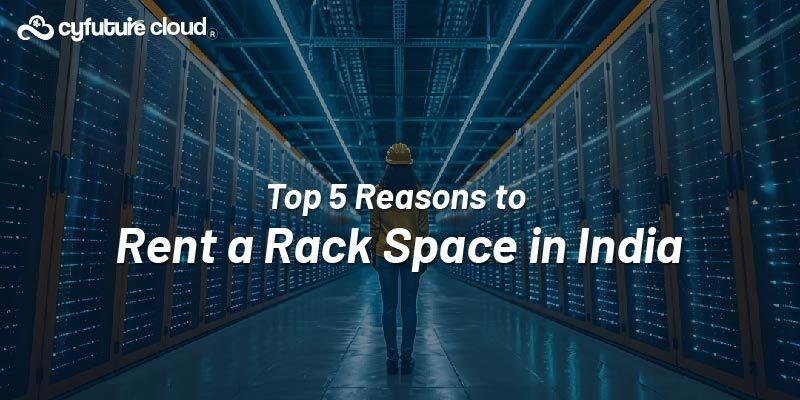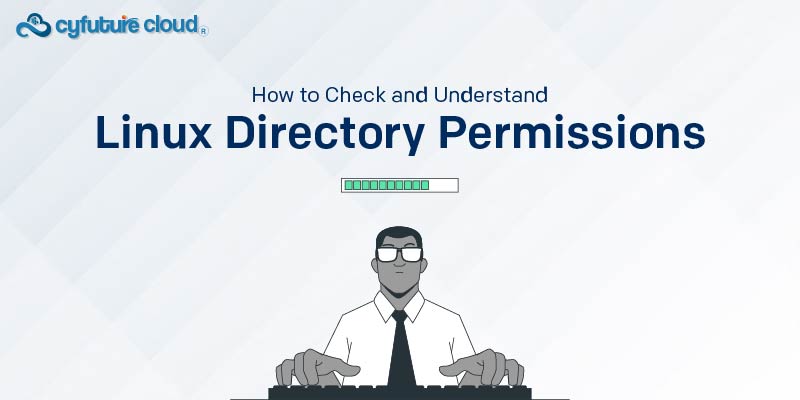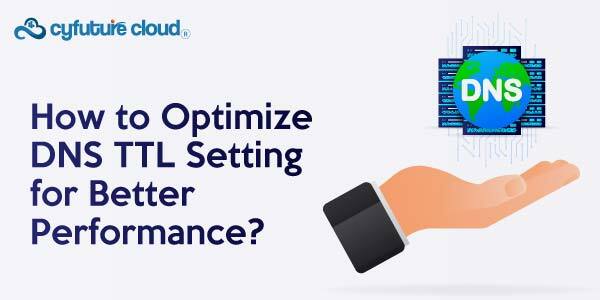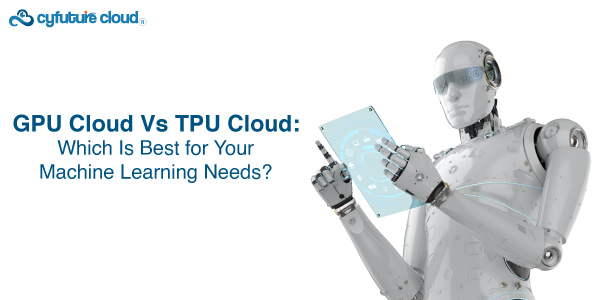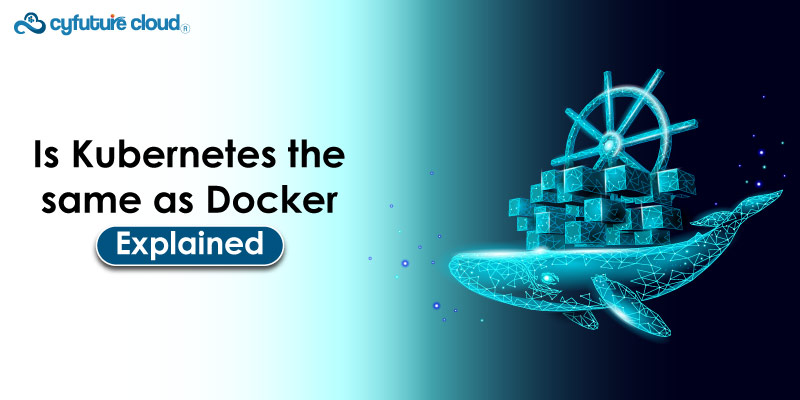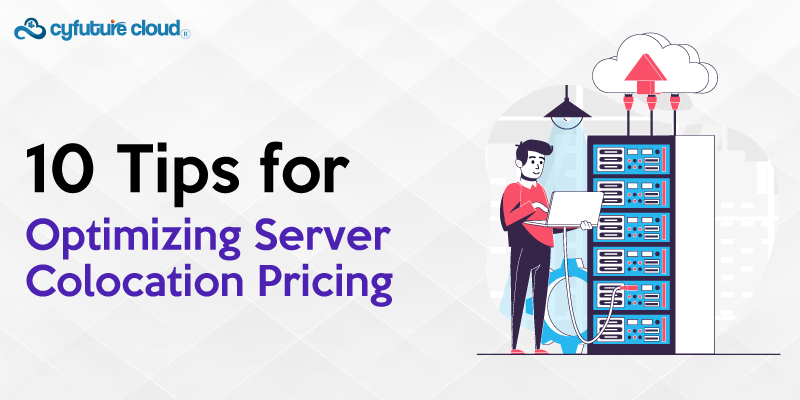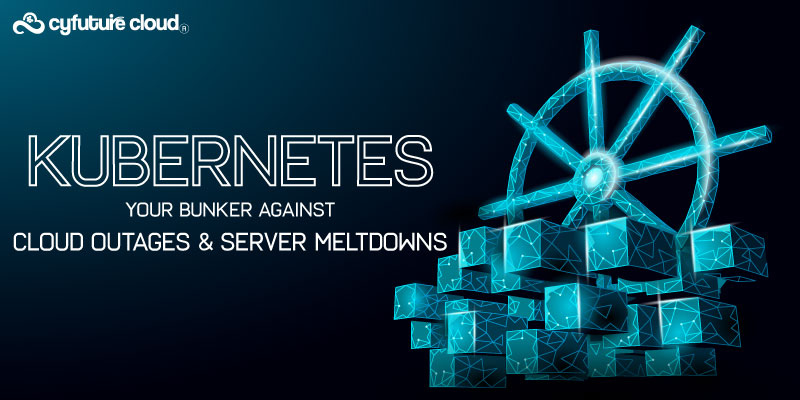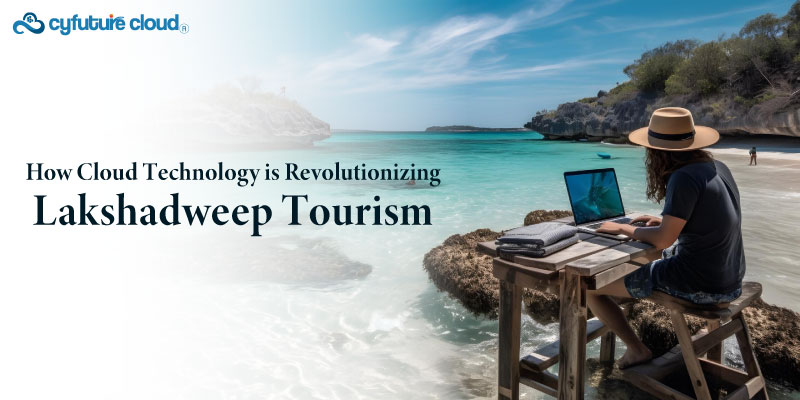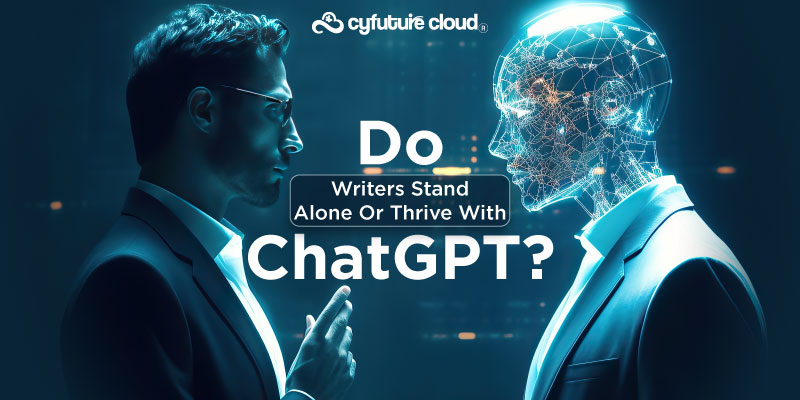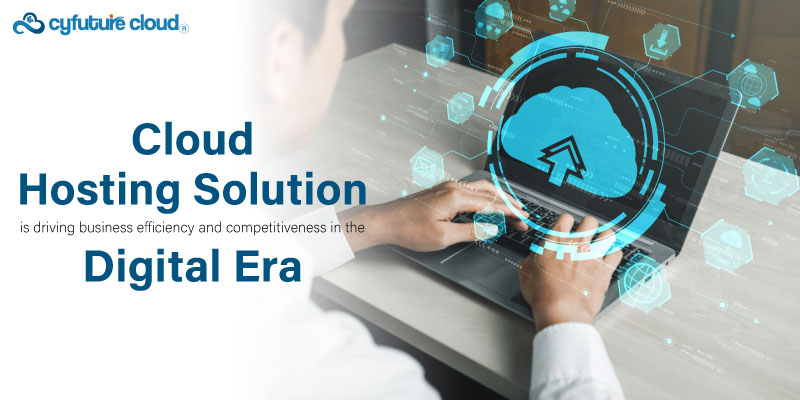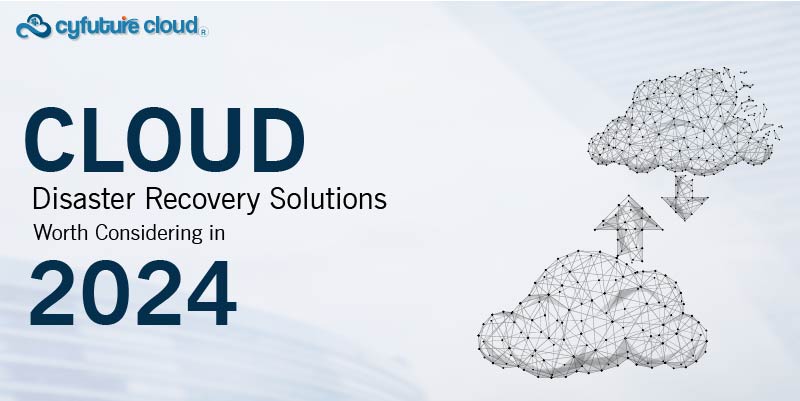Cloud computing is often perceived as a complicated term, classified into public, private, and hybrid clouds. Divided into different delivery models such as SaaS, PaaS, and IaaS. After that, a long list of technologies leveraging various as-a-Service delivery methods and cloud categories follows.
Between all these changes, there is a rise in cloud security trends and technologies. Many organizations migrate their data to the cloud, and cloud security has revolutionized how organizations manage, store, and secure their data.
Cybercriminals will continue to target firms operating in a cloud environment due to the enormous growth in cloud use. While several security mechanisms protect cloud environments, the improper configuration can still make them susceptible.
A survey of 200 CISOs conducted by the International Data Corporation found that by the middle of 2021, about 98% of the companies had experienced at least one cloud security breach.
Having an appropriate security plan is essential for having better cloud security. Keeping an eye on new developments in cloud security might aid in securing the environment against data breaches. This article discusses the cloud security trends for 2023 and beyond.
Cloud Security Trends to Watch Out
It is helpful to understand cloud security development and requirements to leverage the advantages of cloud adoption and create a safe landscape. The Cyfuture Cloud security team follows the following top cloud security trends and warns everyone to be on the lookout for them:
1. Cybersecurity Mesh
Businesses’ data and assets in the cloud are located outside of their network and must be safeguarded. Having a scattered network and infrastructure that encloses the users’ devices in security is the notion behind a cybersecurity mesh.
But with this, enterprises can control data monitoring from a single security point. As a result, the security policy may be centrally managed with distributed enforcement. According to this theory, one element of a Zero-Trust architecture is the idea of a cybersecurity mesh.
2. Zero Trust
The purpose of Zero-trust is never to trust anything and always verify things, which we follow rigorously. This implies that a business or organization should not trust anything outside or inside of its parameters.
Zero trust policies need to be implemented in every firm, especially in light of the recent trend of moving everything to the cloud. With firewalls and perimeter security, businesses protect their most valuable assets, including customer data and intellectual property.
Security teams spend too much time on manual tasks because they lack the skills to minimize attack surfaces, especially in the cloud architecture, properly. The Zero Trust methodology aims to increase security for each device, user, and connection. It also offers the capability of proactive threat management. This technique aids in planning and devising a comprehensive strategy to deal with dangers.
3. Lack of cyber laws, consensus & privacy awareness
Global governments have demanded strict regulations to ensure end users and commercial clients access to the cloud is secure. The 2018 UNESCO Internet Governance Forum is an instance of this, but a global or regional agreement is still uncommon. Global businesses must abide by various standards because of how different countries interpret security, access infractions, intellectual property rights, and resilience against cyber threats.
Due to the geographic diversity of data center locations and the users that use them, uncertainty and diversity have a greater impact on cloud security. Customers using cloud computing services may have only a limited understanding of the underlying security performance of the cloud infrastructure, while privacy awareness among users promotes demand for openness.
According to commercial enterprises, this trend indicates that end-user privacy, government laws, and cloud security will all be crucial components of IT strategy and investments. Businesses in the EU have already spent $9 billion and hired 500,000 data protection officers to prepare for the GDPR rule.
Global enterprises’ requirements for cloud security will soon become more demanding due to restrictions regarding future security, raising end users’ knowledge of security and privacy, and the increased danger of cybercrime.
4. Hybrid and Multi-Cloud Environment
According to the current trend in cloud security, the cloud infrastructure seems practical and reliable in contrast to the earlier method, and there are a variety of alternatives to choose from. A business can migrate all of its data to the cloud, some of it, or only a portion, with other services remaining privately hosted. Most firms use a hybrid strategy because it is more secure than moving everything to the cloud.
The hybrid-cloud concept states that hosted services and apps may be set up locally and moved to the cloud. While some infrastructure-level elements, like a local work environment, may be deployed on-premises and modified to function remotely, containerization, for example, can be performed in the cloud.
The newest hot trend in cloud security is the multi-cloud environment. 95% of firms are exploring a multi-cloud approach, according to an IT poll. Multi-cloud is advantageous when tools like SIEM and threat intelligence are employed. One environment may contain security-based technology, while the others might include applications and other services.
5. Cloud-Native Tools and Platforms
When using cloud platforms, cloud-native apps are becoming increasingly prevalent. These programs have been created particularly to operate on the cloud. Cloud-native apps try to use the cloud platform’s effectiveness and speed. The security platforms and solutions created for on-premises applications are insufficient to safeguard the resources stored in the cloud.
Businesses understood that using the incorrect platforms and technologies might expose their applications to risks. They are spending more money on cloud-based security products like Apptrana WAF to stop hackers from using their resources in the cloud for malicious purposes.
6. Merging Security Through DevSecOps
Security procedures are included in the SDLC process at each level using the DevSecOps approach. Dealing with dangers earlier in the lifecycle, rather than after something has been revealed, is advantageous.
Every time a new product has been released, software releases have been condensed thanks to the implementation of DevOps. Only when the software development lifecycle is entirely automated does DevSecOps demonstrate that it is secure and quick? It allows companies to develop safely. This implies that security precautions and protocols will be used throughout the supply chain.
The DevOps and Security teams must collaborate to deliver security and a significant digital transformation. There is an exponential need for improved security in digital services and applications. A CI/CD pipeline must be used to make this technique a continuous process.
7. DevSecOps and SDLC in the cloud
As an SDLC architecture that enables quick releases of high-quality software products with less risk and wasteful processes, DevOps is gaining popularity. Adopting DevOps calls for automation and cloud-delivered infrastructure management solutions. The procedure itself must be quick and secure at the same time.
DevSecOps is a methodology for incorporating and automating security responsibilities into the SDLC process, where the technology and people working in the pipeline actively contribute to the whole lifespan of the software products. Security cannot be added as an extra layer of checklist items that can be automated; it must be integrated into the process itself.
Security policies must be defined for each step of the SDLC pipeline to safeguard the infrastructure environment and data while using cloud computing. DevSecOps extends to the app functionality and the underlying cloud resources that support the app for the SDLC of cloud-based software solutions. The app’s functionality and security are regularly evaluated and enhanced throughout the SDLC.
8. SASE Framework
According to Gartner, “The Future of Network Security is in the Cloud.”
According to Gartner, it is essential to securely link people, systems, and endpoint devices to a single cloud environment.
One such framework is SASE, which offers a cloud-based cybersecurity solution that satisfies the demands of digital organizations for dynamic, secure access
The operating framework of SASE combines WAN with various security features, including anti-malware, security brokers, and network security.
Key Elements of Cloud Security:
| Cloud Security Elements | Description |
|---|---|
| Encryption | Data protection through encryption methods (at rest and in transit) to prevent unauthorized access. |
| Identity and Access Management (IAM) | Control and manage user access, permissions, and authentication within the cloud environment. |
| Zero Trust Architecture | Verify every access request, regardless of location, to minimize security risks and prevent lateral movement. |
| Network Security | Implement firewalls, secure connections, and intrusion detection/prevention systems to safeguard networks. |
| Compliance Management | Adhere to industry regulations and standards (e.g., GDPR, HIPAA) to ensure data handling meets legal requirements. |
| Threat Intelligence | Utilize tools and services to monitor, detect, and respond to potential security threats and vulnerabilities. |
| Multi-factor Authentication (MFA) | Enhance security by requiring multiple forms of verification for user access. |
| Security Automation | Employ automated processes for threat detection, response, and mitigation to improve efficiency and accuracy. |
| Incident Response | Develop strategies and protocols to promptly and effectively address security incidents as they occur. |
The Way Forward
A wide range of attack surfaces are present in cloud infrastructures. Therefore, the requirement for cloud security procedures is considerably greater to protect the cloud environment from outside attacks. Even a little storage bucket setup error might result in catastrophic data leaks.
We automate security, stop internal threats, and reduce breach risks with the proper cloud security technologies in place, so you can. Contact Cyfuture Cloud for help with cloud security; we’ll minimize your complexity while fostering creativity.
Send this to a friend

 Server Colocation
Server Colocation CDN Network
CDN Network Linux Cloud Hosting
Linux Cloud Hosting Kubernetes
Kubernetes Pricing Calculator
Pricing Calculator
 Power
Power
 Utilities
Utilities VMware Private Cloud
VMware Private Cloud VMware on AWS
VMware on AWS VMware on Azure
VMware on Azure Service Level Agreement
Service Level Agreement 

